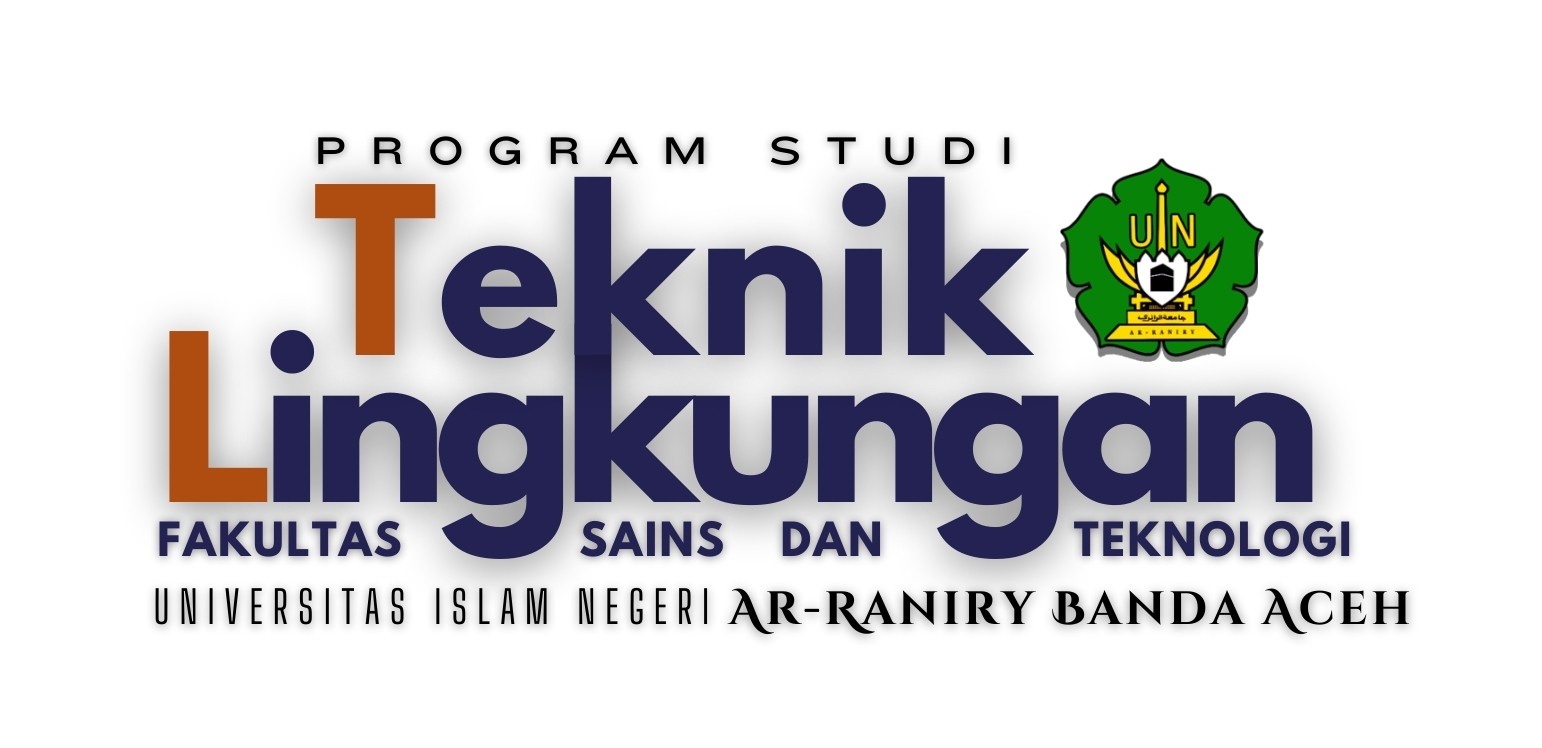RANCANGAN SISTEM PEMANENAN AIR HUJAN UNTUK RUMAH TOKO DI KECAMATAN KUTA ALAM KOTA BANDA ACEH
DOI:
https://doi.org/10.22373/ljee.v2i2.1362Keywords:
rainwater harvesting, rainwater system design, rainwater qualityAbstract
Rainwater harvesting is known as one of solutions for water conservation. Rainwater harvesting decreases stormwater runoff which reduce erosion, conserve water at local level to be used later and so on. Indonesia as tropical country has great water resources, but rainwater harvesting is not common, people only let the rainwater flow to the river without intention to preserve it. This study aims to test the quality of rainwater in the district of Syiah Kuala, Banda Aceh City, then plan the design of a rainwater harvesting system for shop houses that are often found in this area. The study conducted by testing the physical parameters of rainwater quality, collecting common shop house dimension data, and rainfall data, then calculating the potential rainwater that can be harvested by hydrology analysis, and then determine the volume, design, drawing of the rainwater harvesting system. The result shows that pH ranges from 7.8 to 7.9; temperature 28-31; DHL minimum 4u / cm and maximum 20u / cm; TDS ranges from 3-9 ppm, and all of this numbers meet quality standards of PERMENKES NO 32/2017. The highest daily rainfall level was in December 2014 (77.6 mm), and the average monthly rainfall for the last 10 years is 156,321 mm. With a planned rainfall value of 30.8 mm/hour, 2 hours of rain duration, and a return period of rain of 2 years, rainwater has the potential discharge quantity of 0.8 liters/second. The dimension of the system (regarding to SNI 8153:2015) are: (1) horizon pipe 3 inch long, (2) vertical pipe it is 4 inch, and reservoir volume is 0.5 m3














